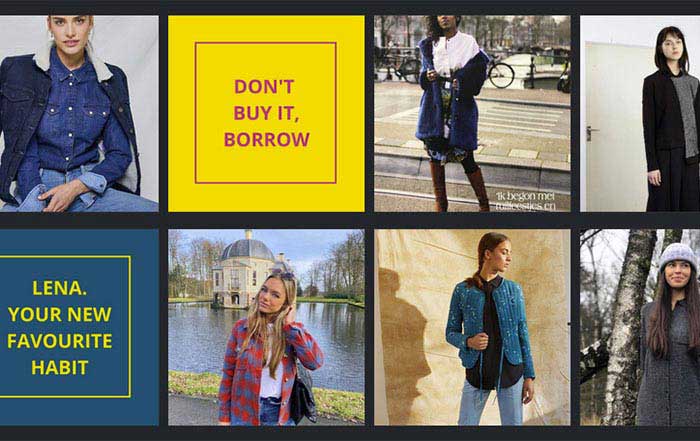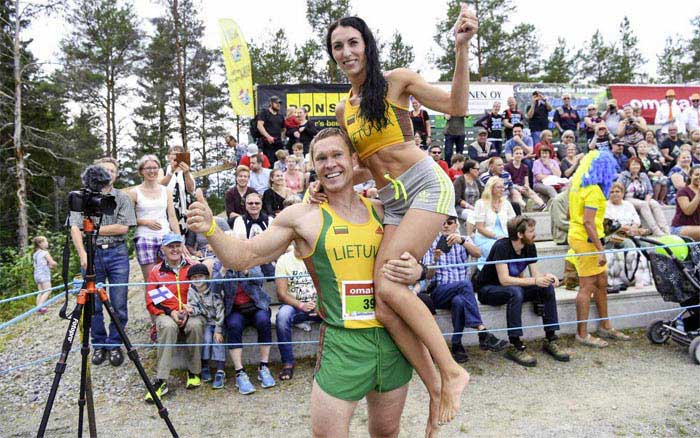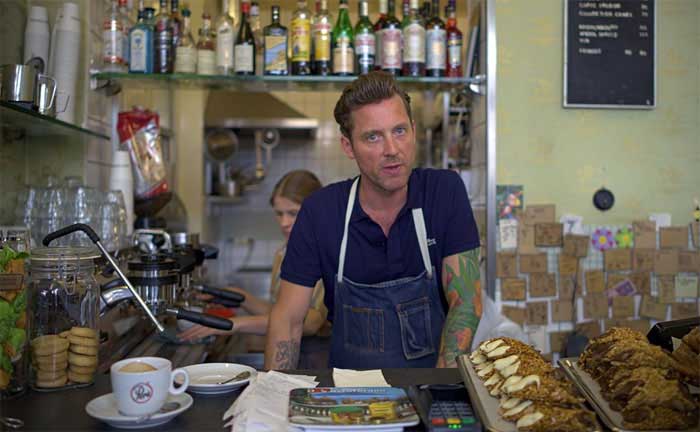We’re about to enter a new era in the way we shop for clothes. In response to fears about the current fast fashion culture and its long-term effect on the planet (as well as the conditions of makers, who often are not given a fair wage,) a new group of innovative fashion businesses are emerging. In hope of creating a circular economy for the fashion industry, businesses promote renting clothing and buying vintage, and have conjured up a huge range of exciting ways to do this. Read on to find out how you upgrade your wardrobe and fashion credentials with the sustainable fashion initiatives below.
MUD Jeans, Netherlands
A ground-breaking initiative which helps to create a circular fashion system, MUD jeans is Europe’s first jeans rental store. For as little as €7.50 a month, you can lease jeans for a year, and at the end choose to own or return them. If you return them to MUD, the jeans are fully recycled, broken down into their components and formed into a new pair to be sold again. The denim here is stylish and available in range of basic styles, meaning they’ll be an important part of your capsule wardrobe (which you can then top up with vintage and finds in clothing libraries, as explained further below.)
Vintage Boxed, United Kingdom
One of the best ways to enjoy sustainable fashion is through buying vintage, and if you’re looking for an innovative way to get your next preloved fix, why not try Vintage Boxed? This small, highly ethical business provides customers with monthly vintage fashion subscription boxes. For £50 a month, you can receive a lovingly curated box of three vintage items, and each subscriber can pick between three different types of box. Go for The Classic Retro box if you’re a 60s mod fan, The Boho box if you’re more of a Woodstock hippie at heart or if you’re into 90s fashion, sign up to receive The Nineties box. If vintage accessories are more your thing, they also offer an accessories subscription, where for £34.99 a month you’ll receive three different accessories; from silk scarves and leather bags to costume jewellery.
Lena Fashion Library, Netherlands
The concept of fashion libraries is a win for sustainable fashion lovers all over the world. Much like the idea of borrowing books, customers can visit a boutique, but instead of searching for something to own, you’ll pay to borrow it. Stocking up and coming designers, sustainable labels and vintage fashion, for a starting price of €19.90 a month, you’re given tokens which can be used to rent items for as long as you like. If you’re attached to the item too, you can also elect to purchase it from the library. Let’s hope this ground-breaking initiative in Amsterdam is exported around the world.
Silfir, Germany
This online boutique sells elegant, minimalist clothing but with a sustainable twist - any items you buy from them, whether it’s a recycled wool coat or capsule wardrobe foundation like a grey knit dress, are repaired whenever you need it. The first fix after purchase is always free, whether it’s repairing a tear or replacing a button. If you feel your time with the item is coming to an end - perhaps the size is no longer right, it’s worn out or it simply doesn’t fit your look anymore - you can also send it back to Silfir, who will recycle it for you. The brand facilitates a super-ethical end to end process which means you can enjoy your new purchases completely guilt free.
Klädoteket, Sweden
Gothenburg based fashion library Klädoteket, operates under much the same premise as Lena Fashion Library. Its chic boutique is located in a central location, and while browsing its wares, know that you can lease the items from them and return them afterwards. The store offers designer and vintage items which can be rented for four weeks, with leases available to be renewed for another month, and if you’re a huge fan of the item, then even beyond! For 650 krona a month you can rent up to four different items from their stylish shop, knowing that laundry, basic repairs and dry cleaning are all handled by Klädoteket on return.




